Lentils (Lens culinaris L.), a Rich Source of Folates

Authors:
The potential for genetic biofortification of U.S.-grown lentils (Lens culinaris L.) with bioavailable folate has not
been widely studied. The objectives of this study were (1) to determine the folate concentration of 10 commercial lentil cultivars
grown in Minot and McLean counties, North Dakota, USA, in 2010 and 2011, (2) to determine the genotype (G) ×
environmental (E) interactions for folate concentration in lentil cultivars, and (3) to compare the folate concentration of other
pulses [field peas (Pisum sativum L.) and chickpea (Cicer arietinum L.)] grown in the United States. Folate concentration in lentil
cultivars ranged from 216 to 290 μg/100 g with a mean of 255 μg/100 g. In addition, lentil showed higher folate concentration
compared to chickpea (42−125 μg/100 g), yellow field pea (41−55 μg/100 g), and green field pea (50−202 μg/100 g). A 100 g
serving of lentils could provide a significant amount of the recommended daily allowance of dietary folates (54−73%) for adults.
A significant year × location interaction on lentil folate concentration was observed; this indicates that possible location sourcing
may be required for future lentil folate research.
